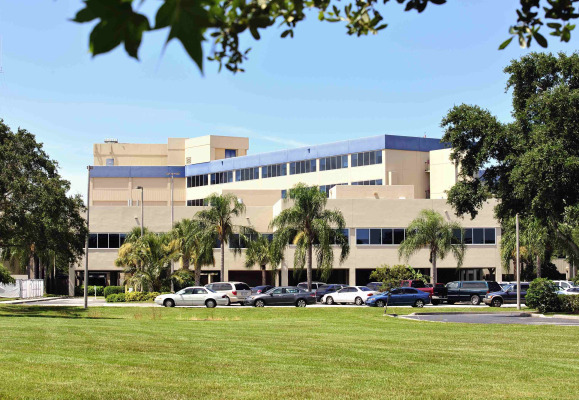The Indian River Medical Center is scrambling to figure out the best way to cover bonds it took out in the 1980s for building and expansion after Wachovia Bank – which is in the process of being absorbed by Wells Fargo – made clear it will not renew most of the $43.8 million line of credit it had previously extended.
The medical center is required to support the bonds with a line of credit. It leases the building and property from the Indian River County Hospital District and is responsible for paying back the bonds issued by the taxing authority.
“Each year, the medical center must get a letter of credit issued by a bank and in turn show that letter of credit to us (the Hospital District) to show that there is backing for those bonds,” said Ann Marie Suriano, the Executive Director for the Hospital District.
On Oct. 1, the Wachovia line of credit will expire. Banking officials already have made it clear to the Indian River Medical Center that a line of credit for $28 million in bonds issued in 1985, 1988 and 1989 will not be renewed. The bank still is considering whether to offer a new line of credit for bonds issued in 1990 for $15.8 million.
In the current banking environment, replacing the Wachovia line with a credit line from another bank seems unlikely.
“Not many banks are issuing letters of credit to hospitals these days,” said Suriano.
Fortunately, there does not appear to be any question about IRMC’s ability to deal with the debt itself.
Jeff Susi, Indian River Medical Center CEO, describes the current situation as a “liquidity crunch,” which in a worst case scenario would see IRMC pay off all $44 million in bonds and still have “a little more than $15 million” in hand.
“Our operating performance would improve because of the elimination of interest expense,” said Susi. “Taking out the debt reduces our expenses by well over $1 million a year. That improves our cash flow, and improves our operating performance.”
But Susi says there are a variety of other scenarios for dealing with the debt that will be considered by the hospital board in the weeks immediately ahead.
The bottom line is IRMC is guaranteed of having at least $28 million of debt facility – from the 1996-1997 refund borrowing – available if it chooses to continue with it.
“We may or may not elect to pay it off,” says Susi. “And the optional $15.8 million is a question of will Wachovia offer it to us, and if they do, will we accept their terms? Those are going to be business decisions on the cost of capital versus the bottom line impact on the hospital.”

